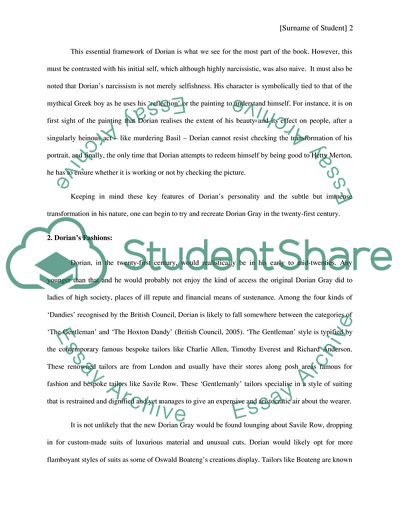Cite this document
(“Dorian Gray in the 21st Century Literature review”, n.d.)
Dorian Gray in the 21st Century Literature review. Retrieved from https://studentshare.org/literature/1584499-dorian-gray-in-the-21st-century
Dorian Gray in the 21st Century Literature review. Retrieved from https://studentshare.org/literature/1584499-dorian-gray-in-the-21st-century
(Dorian Gray in the 21st Century Literature Review)
Dorian Gray in the 21st Century Literature Review. https://studentshare.org/literature/1584499-dorian-gray-in-the-21st-century.
Dorian Gray in the 21st Century Literature Review. https://studentshare.org/literature/1584499-dorian-gray-in-the-21st-century.
“Dorian Gray in the 21st Century Literature Review”, n.d. https://studentshare.org/literature/1584499-dorian-gray-in-the-21st-century.


